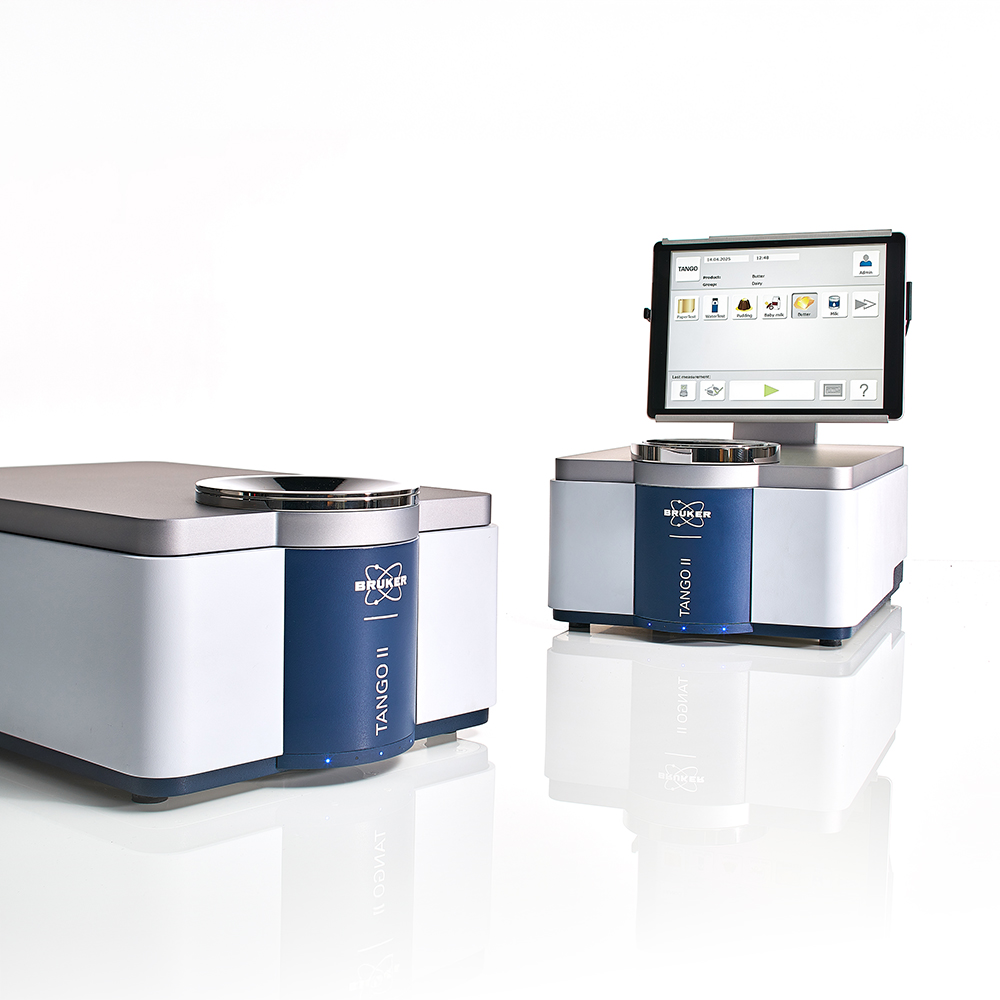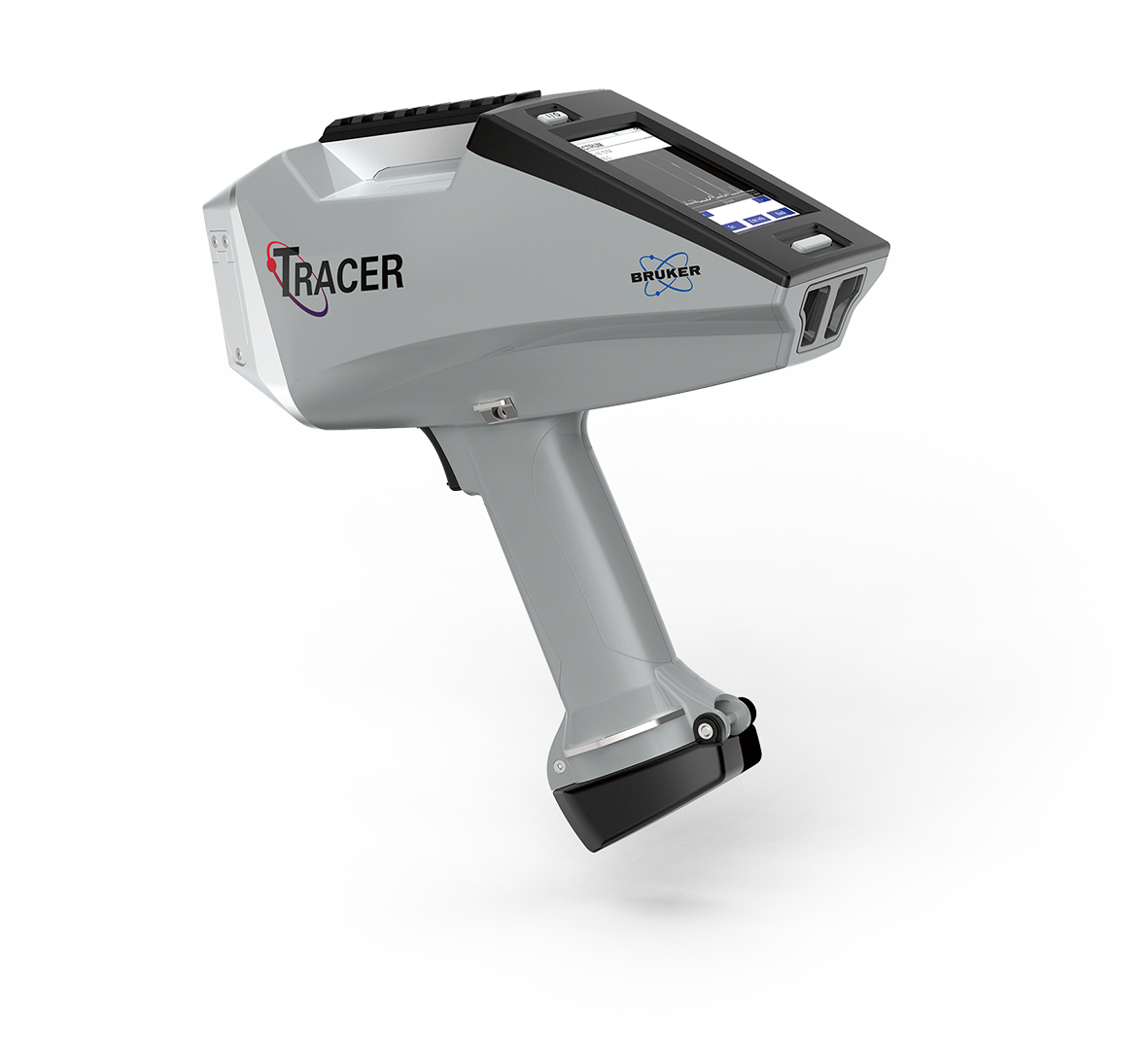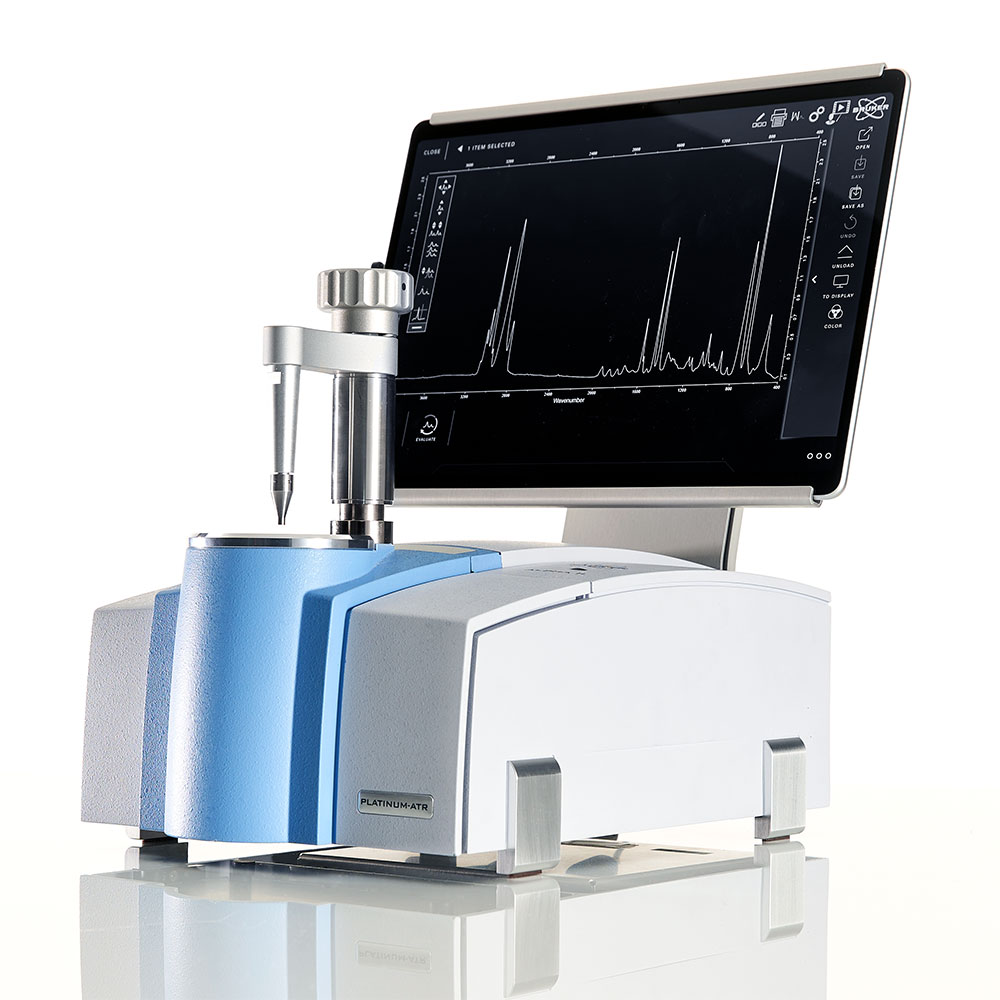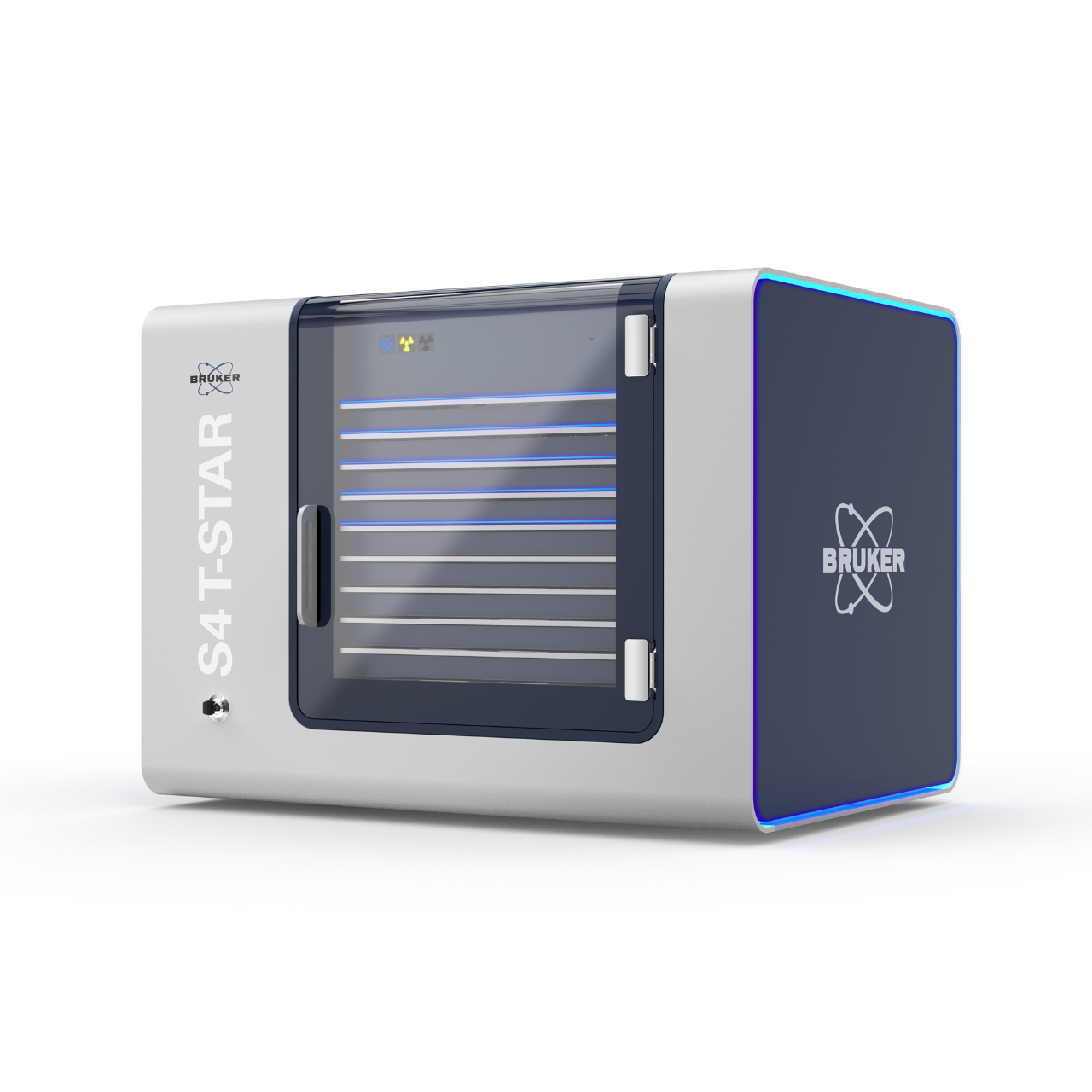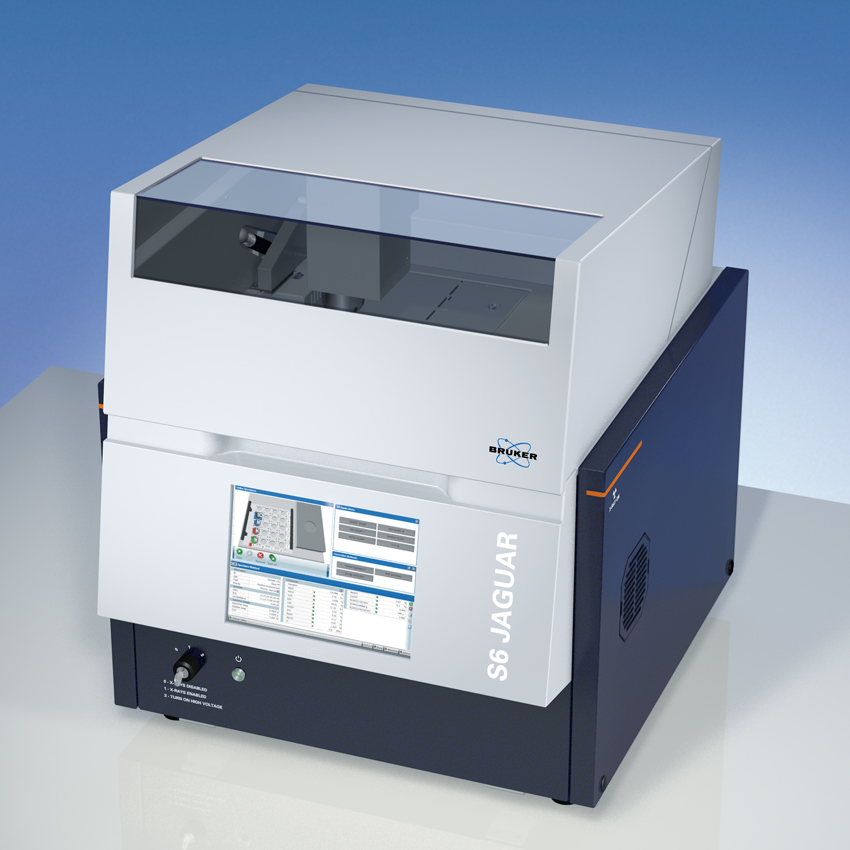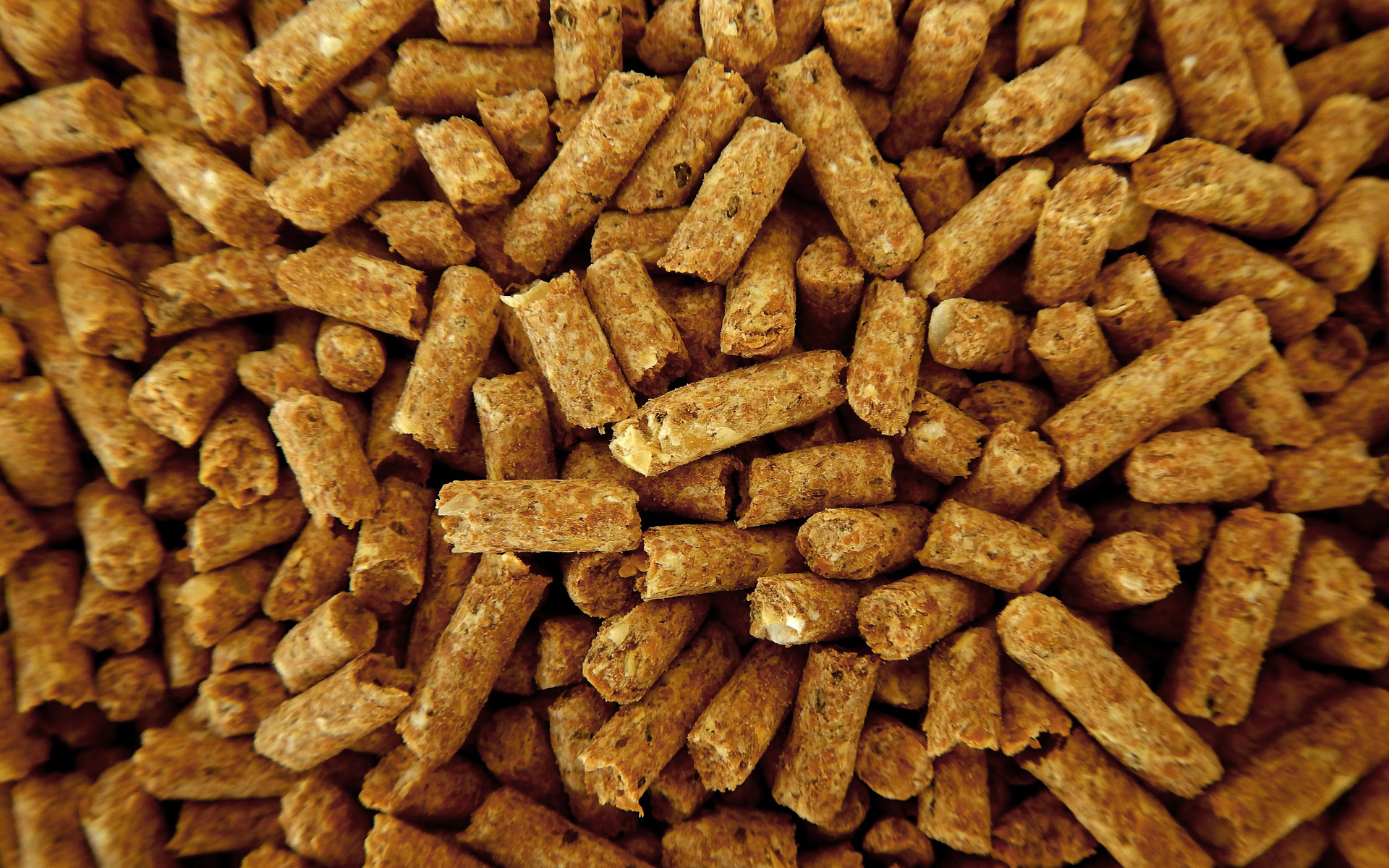

Feed & Ingredients
Analysis of Animal Feed & Ingredients
The cost of animal nutrition represents the largest operating cost for most commercial livestock producers. To maintain an optimum balance between feed costs and productivity, all feed ingredients should be analyzed for main constituents and micronutrient concentration since these values are essential to formulate the rations and required supplements. Also, monitoring the production for contamination such as heavy metals or even foreign bodies is essential.
The raw materials for animal feed vary widely in composition, due to origin, seasonal changes, or year. FT-NIR spectroscopy offers a rapid, accurate and non-destructive tool for the analysis of the main constituents including moisture, fat, protein, fiber, and ash as well as other more specialized parameters like starch, sugars, digestibility, and amino acids. Our comprehensive calibration packages for feed and ingredients are developed following the ISO 12099 guideline. These calibrations help you to achieve a superior quality control, allowing optimum formulation for animal wellbeing and productivity.
X-ray fluorescence (XRF) enables fast and nondestructive analysis of macro-, micro- and trace mineral nutrients from starting materials to end products. Equally important is its ability to screen for toxic metals and to monitor elemental process indicators such as P, Ca, and Fe in feed manufacture. Bruker’s Elemental Analyzer portfolio includes high-throughput lab-based ED-XRF and WD-XRF, point-and-shoot handheld XRF, micro-XRF, and ultra-trace analysis TXRF spectrometers.
Foreign bodies found in feed products need to be identified to be able to determine their source for taking corrective action. XRF and FT-IR quickly identify these small physical contaminant materials on the production floor or in the lab. Whereas XRF spectroscopy is ideal for metals, ceramics, stones and glass, the complementary FT-IR technology works best for plastics, rubbers, and other organic materials.
